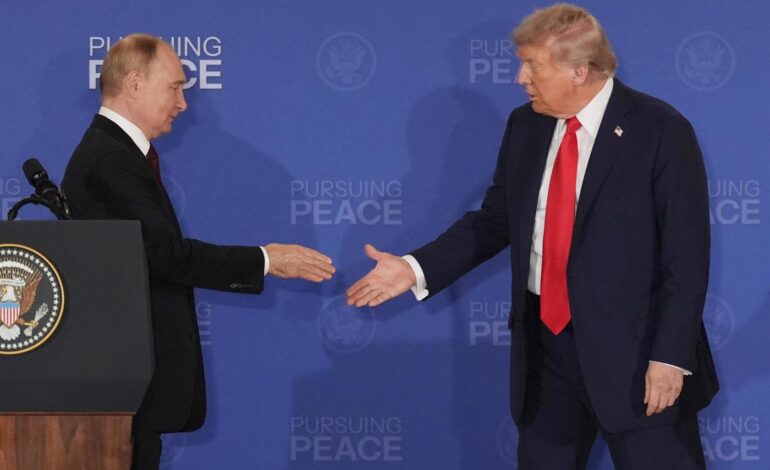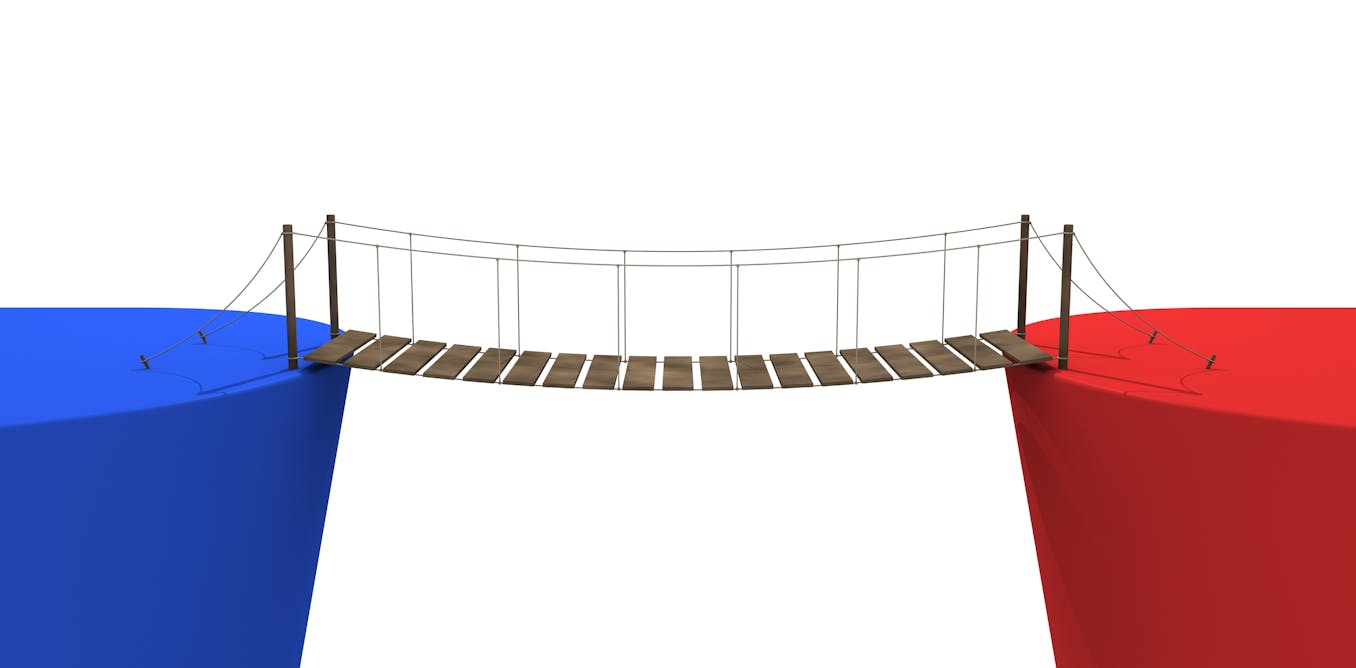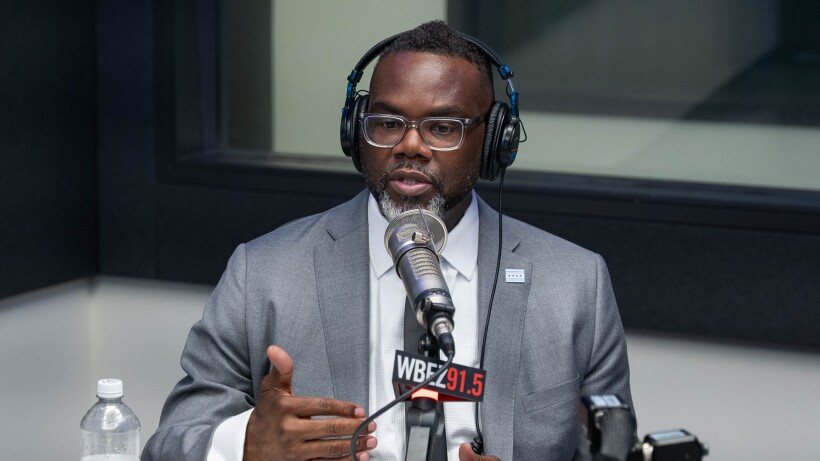Russia-Ukraine Summit in Alaska Fails to Yield Peace Progress

The recent summit in Alaska between Russian President Vladimir Putin and former U.S. President Donald Trump produced no tangible advancements toward a ceasefire or peace regarding the ongoing conflict in Ukraine. Despite the lack of significant outcomes, the event provided Putin with favorable publicity, including images of U.S. troops ceremoniously rolling out a red carpet for him upon arrival.
The summit underscored a complex dynamic, with Trump exhibiting a clear admiration for Putin. However, analysts note that this sentiment is not reciprocated. Putin continues to maneuver strategically, seemingly using the meeting to further his own agenda while downplaying the importance of Trump as a negotiating partner. This approach reflects the Russian leader’s historical tactics, which include leveraging perceived weaknesses in opponents to prolong conflicts.
As the summit unfolded, many criticized the optics of the event, especially considering that Putin is facing active warrants from the International Criminal Court for alleged war crimes in Ukraine. Trump’s willingness to host the Russian leader on U.S. soil raised eyebrows, with commentators labeling the encounter as another instance of international embarrassment for the United States.
Despite the summit’s lack of progress, it is a relief that Trump did not make any concessions regarding Ukraine’s territorial integrity, which had been a concern prior to the meeting. President Volodymyr Zelenskyy of Ukraine, who was notably absent from the discussions, is expected to meet with Trump on March 15, 2024. This meeting presents an opportunity for Trump to reaffirm U.S. support for Ukraine and to demonstrate a commitment to standing with its leadership.
Zelenskyy’s upcoming visit could serve as a pivotal moment for Trump to distance himself from the fallout of the Alaska summit. The Ukrainian president remains a widely supported figure among allied nations, and a show of solidarity could help counteract any negative perceptions resulting from the previous encounter with Putin.
As the conflict continues, there is an urgent need for immediate efforts toward a ceasefire. Reports indicate that Russia has intensified its military operations within Ukraine, targeting civilian infrastructure as a means to weaken morale. This escalation occurs even as diplomatic engagements are purportedly taking place, raising concerns about Putin’s true intentions.
Global leaders must communicate a unified stance against any attempts by Russia to secure territorial gains through force. The path forward requires a commitment to uphold international law and support the sovereignty of Ukraine. The potential for Zelenskyy’s meeting to influence future negotiations remains significant, but it hinges on the commitment of the United States and its allies to reject any compromises that would reward aggression.
In conclusion, the Alaska summit may have lacked concrete results, but it highlighted the critical need for sustained diplomatic efforts. The upcoming discussions between Trump and Zelenskyy could either pave the way for renewed support for Ukraine or further complicate an already volatile situation.






